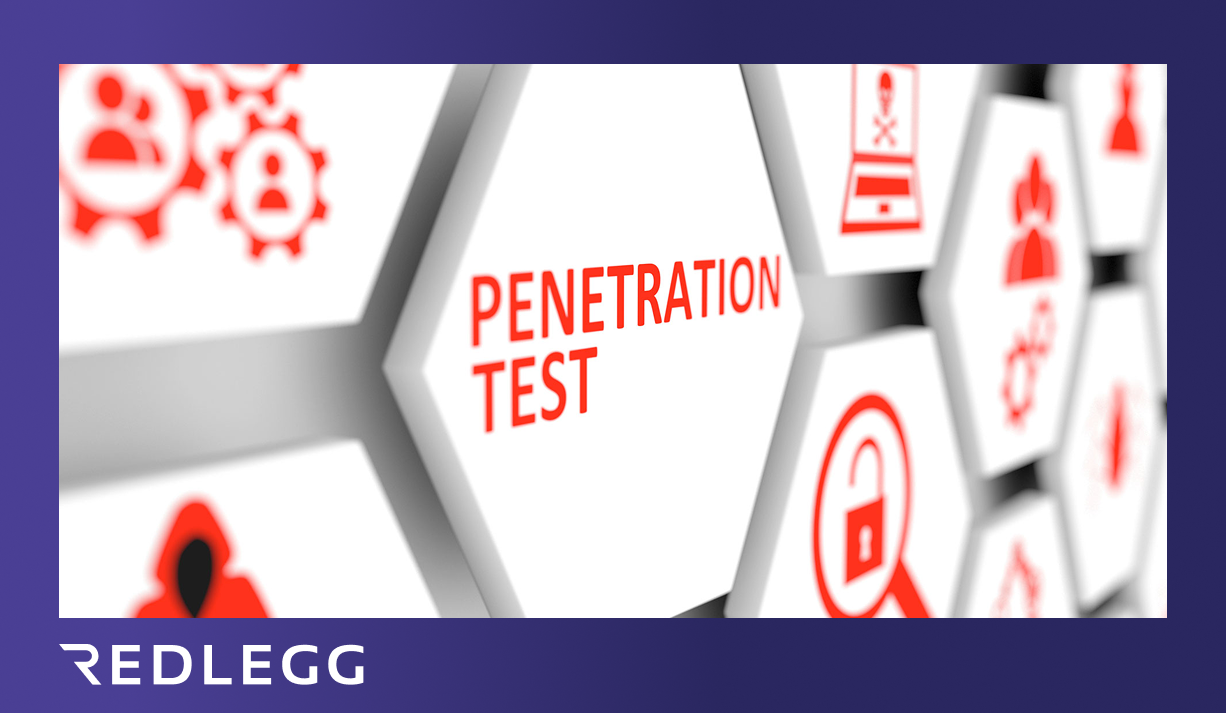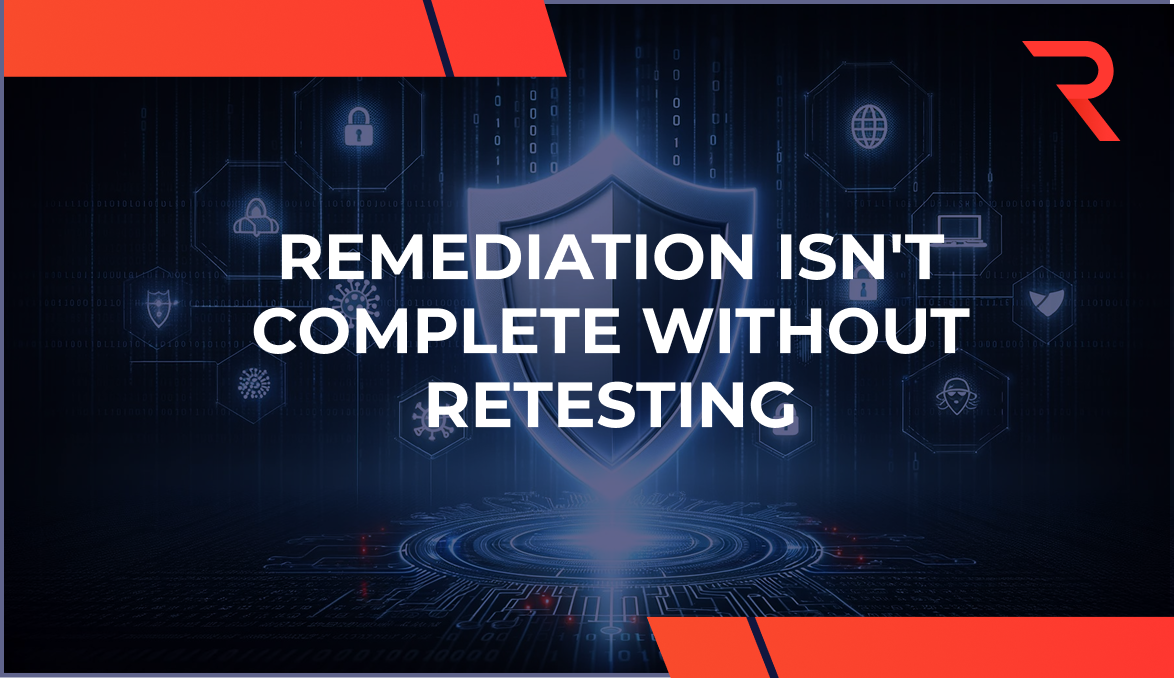12 min read
By: RedLegg Blog
Although often used interchangeably, Vulnerability Assessment (VA) and Penetration Testing (PT or pen testing) are quite different. Many businesses may even use these terms as marketing jargon in an attempt to mislead business owners. However, not understanding the difference between these two types of testing can leave a pretty gaping hole in your security or generate unnecessary bills.
Vulnerability Assessment vs Pen Testing -- A Quick Glance
Even though Vulnerability Assessment and Pen Testing both help unearth security issues, and their methods may be similar, their objectives aren't the same. While Vulnerability Assessment focuses on checking your systems against known vulnerabilities, Pen Testing remains concentrated on getting past your defenses.
Yes, they do have similar outcomes: they both help companies find security holes and fix them before an attacker exploits them. But their wholly different approaches to this end simply make them integral parts of any cyber defense tests and procedures and are certainly not interchangeable.
What is a vulnerability assessment?
Vulnerability Assessment is the process of identifying, classifying, and prioritizing vulnerabilities in systems, networks, and software. It offers an organization a closer look at its assets and organizational security posture. So, in case of a cyber attack, the business isn't caught off guard.
There are a few key features that are unique to Vulnerability Assessment that separate it from all other types of testing:
- Identification and Analysis; Not Exploitation: Vulnerability Assessments work toward the goal of identifying and analyzing the security flaws in targeted systems, applications, and networks. Hence, it is focused on discovery and evaluation, rather than on trying to actively break into a system.
- Broad in Scope: A Vulnerability Assessment encompasses a much wider range of potential issues. A security professional assesses assets and resources to test detection of, and response to, common attacks like DoS (Denial of Service), MITM (Man in the Middle), SQL Injection, and Network Intrusion.
- Utilizes Known Vulnerabilities and Compares: Checking against a list of known and potential vulnerabilities is a big part of any Vulnerability Assessment. In fact, these checks make sure that your network is safe from the most common attacks.
- Automated and Manual Testing: Checking your networks with automated tools first and then performing manual testing ensures that nothing is overlooked during the assessment phase. While automated testing quickly covers the most common vulnerabilities, manual testing rounds off the process with a closer look at the target environment.
At the end of a Vulnerability Assessment, the organization should have a general sense of how many vulnerabilities were identified, and the risks in letting those vulnerabilities remain unchecked. The organization should also receive a guide as to the remediation of these security flaws, listed by severity.
What is pen testing?
Pen Testing is one of the most popular methods of testing the effectiveness of a cyber defense system. This is usually done by a competent group of security professionals who try to penetrate your networks using any data obtained from a vulnerability assessment. Since this simulates a real-world attack, it is considered the best test for any security infrastructure.
There are a few key features that separate Pen Testing from other types of testing:
- Exploiting Vulnerabilities: Although even Vulnerability Assessments are aimed at finding vulnerabilities, pen testing takes it a step further. Security professionals purposely try to exploit vulnerabilities to gain unauthorized access to targeted network and systems. This exposes the real-world risks of vulnerabilities identified and ensures that the organization is never caught off-guard.
- Additional Manual Testing: Building upon the VA results, pen testing goes further by working to determine the depth of risk associated with security issues. Information Security experts manually test and exploit security issues to illustrate the damage that may result from a real-world attack.
- Narrow, Deep Scope: While other types of testing are done to find problems and fix them, pen testing is performed to find problems and exploit them. So, penetration tests tend to have a much narrower scope than VAs.
Which test is the best for my network?
Simply put, neither one is and both are. Vulnerability Assessments and Penetration Testing actually complement each other, but do not replace each other. When performed in conjunction over a long duration of time, they help secure your network much better than only one of these methods ever could.
So, what's the best way to effectively incorporate both of these methods of testing into your cyber defenses? One of the most popular ways to do this is to treat these methods collectively as an evolving cyber defense program. This means that Vulnerability Assessments are used for the first few cycles of testing to discover weaknesses before moving onto Penetration Testing as your organization’s security posture improves.
However, in today's dynamic environment, this might not be the most efficient approach either, especially when software and systems constantly get updated. In this scenario, we've found that organizing quarterly VAs, followed by a yearly Pen Test, creates a cyber ‘sweet spot’ to keep your security infrastructure airtight.
Want more? Learn...








